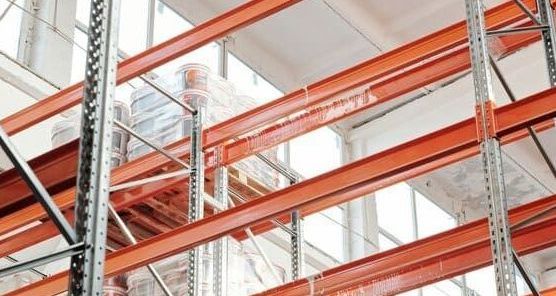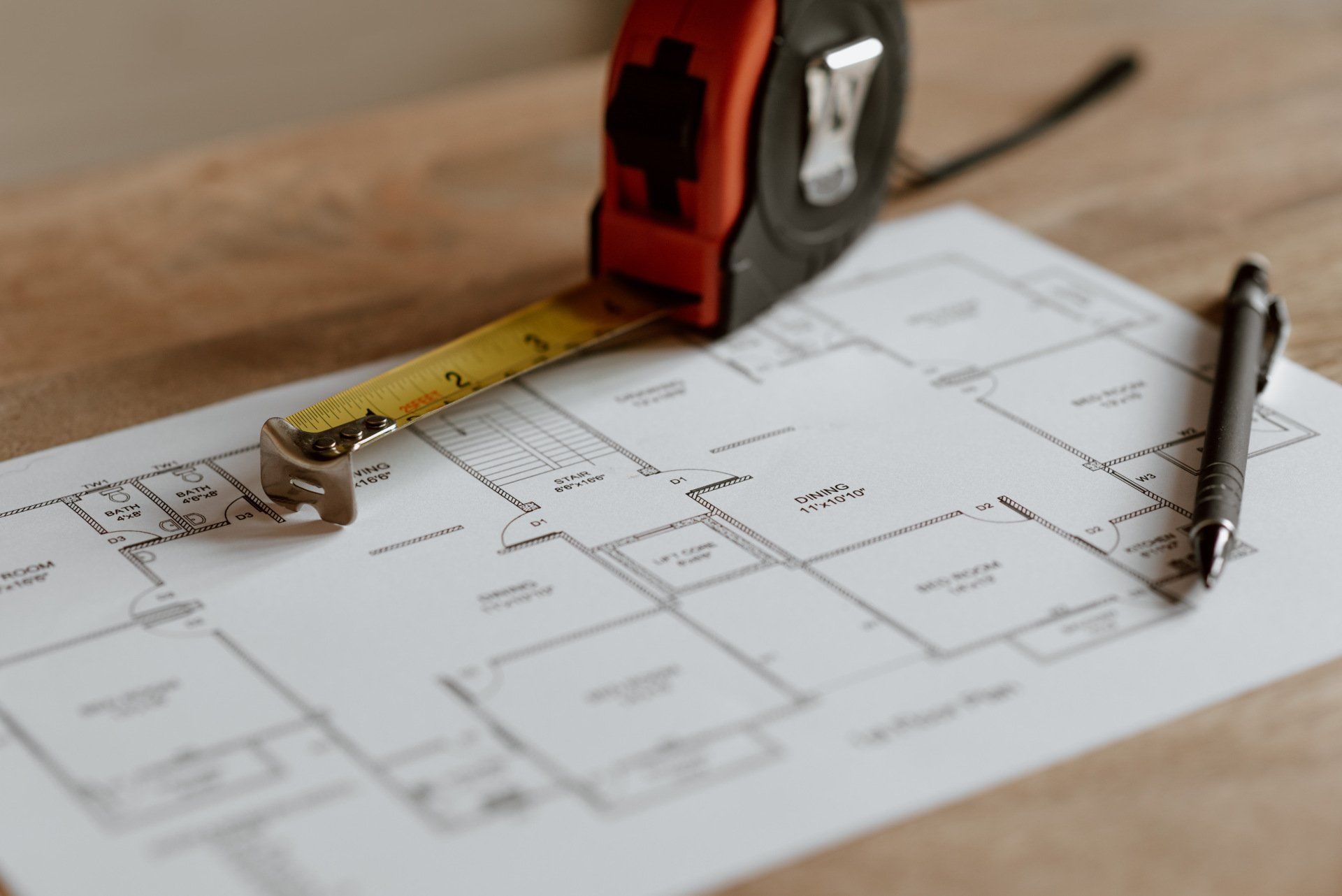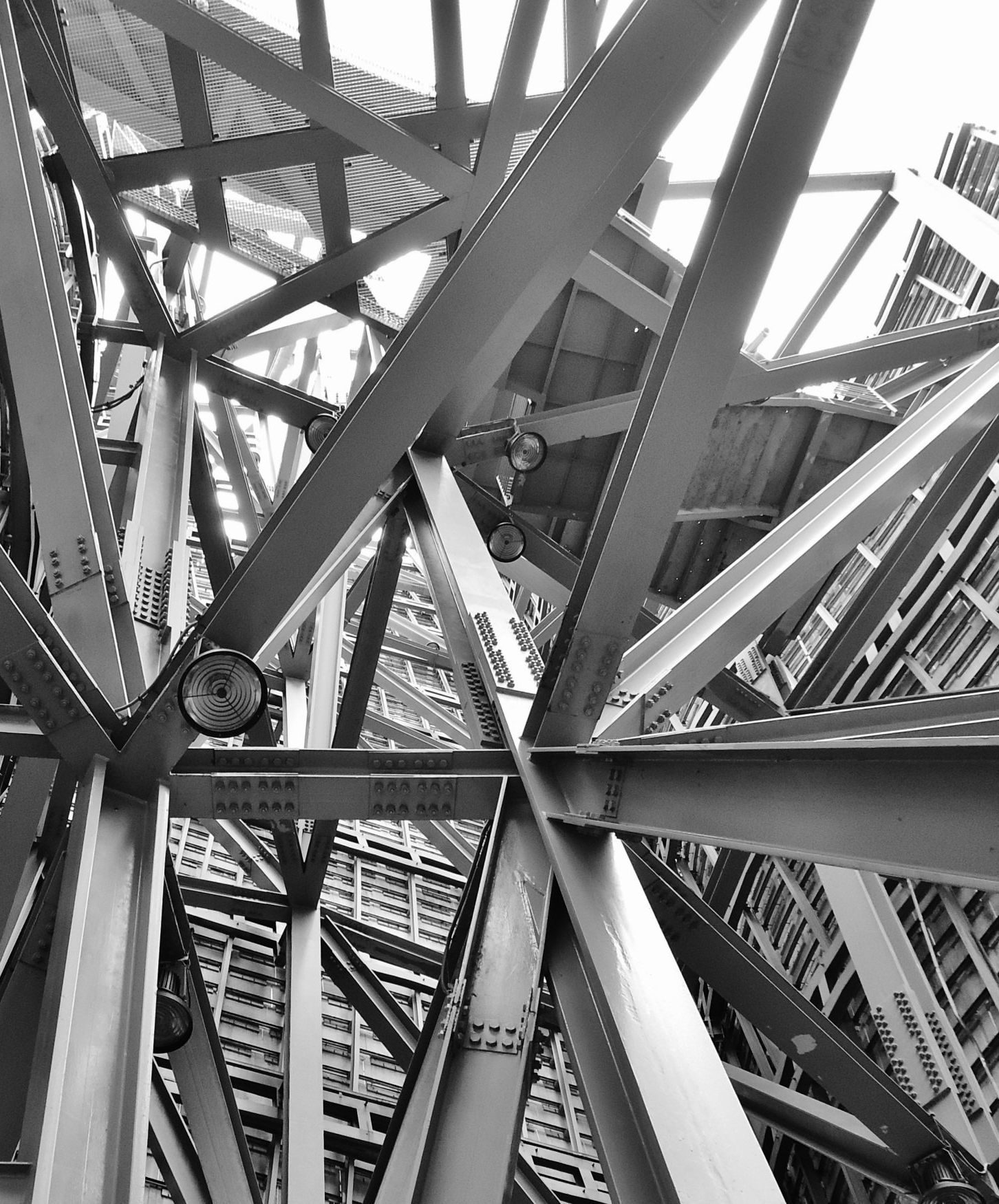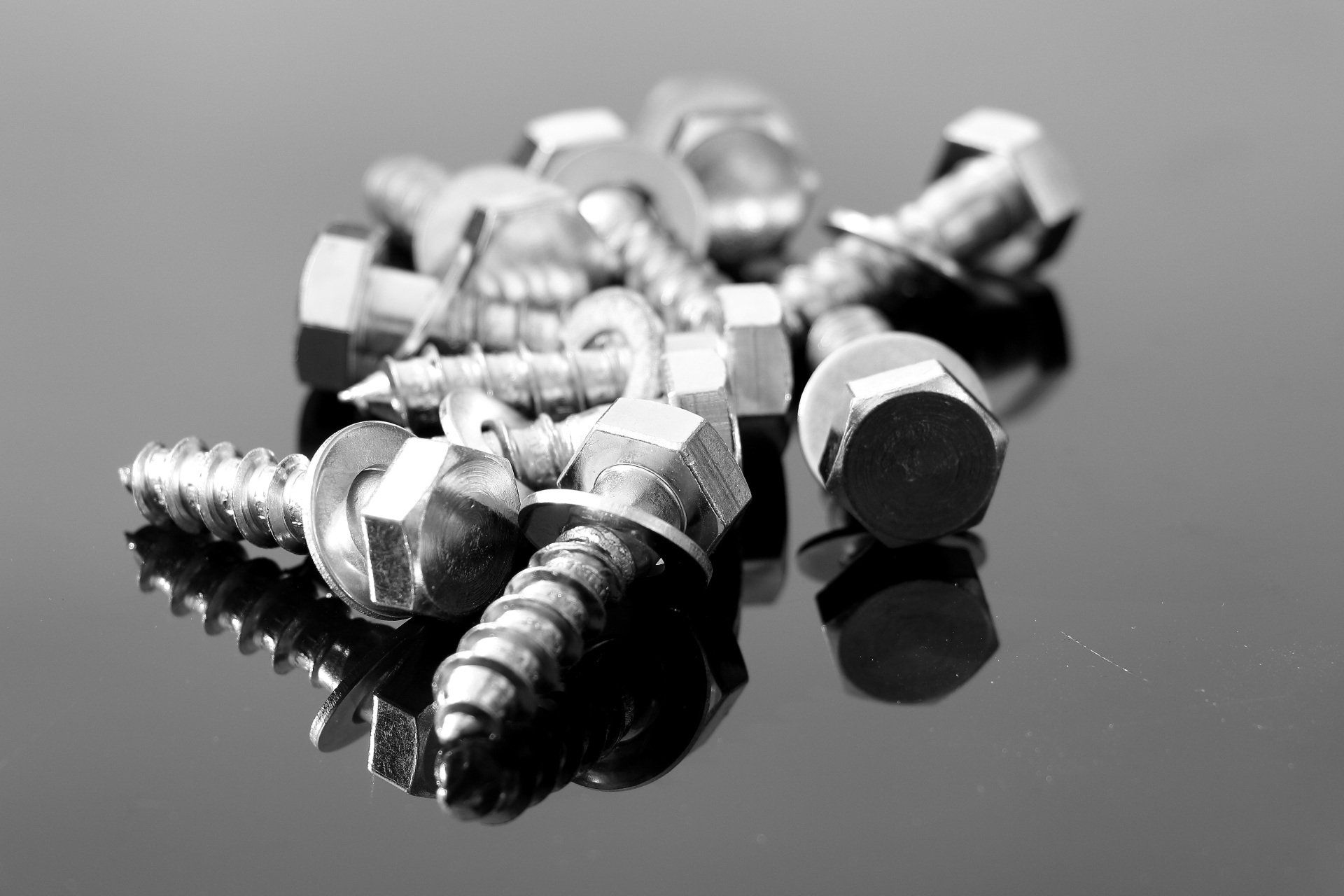Metal stud construction
A modern Drywall installation
Metal stud construction has gained popularity in building construction, especially for interior walls and ceilings where
drywall installation is essential. This construction method involves using lightweight steel studs and tracks instead of traditional
wood framing. These steel components are known for their strength, durability, and uniformity, providing a reliable framework for attaching gypsum board panels, commonly known as drywall.


Exploring Metal Stud Construction
Metal stud construction utilizes cold-formed galvanized steel studs and tracks to create the structural framework for interior partitions and ceilings. Unlike wood framing, which uses dimensional lumber, metal studs are manufactured to precise specifications, ensuring consistency in size and strength throughout the building project.
The construction process typically begins with laying out the building's floor plan and installing metal tracks along the floor and ceiling. These tracks serve as runners for the vertical steel studs, which are then spaced according to design requirements and secured to the tracks using screws or rivets. This forms a robust framework onto which drywall panels are attached, creating seamless walls and ceilings.
Advantages of Metal Stud Construction for Drywall Installation
These Advantages make metal studs a good choice for commercial drywall installation:
- Strength and Durability: Steel studs offer superior strength and durability compared to wood, resisting warping, twisting, and shrinkage over time. This stability ensures a solid foundation for drywall installation and contributes to the longevity of the building's interior finishes.
- Dimensional Stability: Metal studs maintain their dimensions and shape, minimizing issues such as settling or movement that can affect the integrity of drywall installations. This consistency results in smooth, level walls and ceilings that enhance the overall aesthetic and functionality of the space.
- Fire Resistance: Steel studs inherently provide better fire resistance than wood, as they do not contribute fuel to fires and have a higher melting point. When combined with fire-resistant drywall and appropriate insulation, metal stud construction enhances building safety by creating fire-rated assemblies required in many building codes.
- Moisture Resistance: Galvanized steel studs are resistant to moisture and mold growth, making them suitable for areas where humidity control is essential, such as bathrooms and kitchens. This resistance contributes to the building's overall durability and reduces the risk of indoor air quality issues associated with mold and mildew.
- Design Flexibility: Metal studs allow for flexible design options, accommodating various architectural layouts and configurations. They can be easily customized and cut onsite to fit unique wall heights or irregular shapes, facilitating efficient construction and minimizing material waste.
- Lightweight and Transportable: Steel studs are lightweight compared to wood, which simplifies handling and transportation onsite. This characteristic improves construction efficiency and reduces labor costs associated with framing and drywall installation.


Considerations and Challenges
- Cost Considerations: While steel studs may have a higher initial cost compared to wood, their long-term durability and reduced maintenance requirements often justify the investment. Factors such as project size, design complexity, and local market conditions influence cost comparisons between metal and wood framing.
- Electrical and Plumbing Integration: Incorporating electrical wiring, plumbing pipes, and HVAC ducts into metal stud walls requires careful planning and coordination. Steel studs have pre-punched holes or can be easily modified to accommodate utilities, ensuring seamless integration without compromising structural integrity.
- Fastening and Attachment: Attaching drywall to metal studs requires specific fasteners designed for steel, such as self-drilling screws. Proper installation techniques are crucial to ensure secure attachment and prevent issues like over-tightening or under-tightening, which can affect the stability of drywall panels.
- Thermal Conductivity: Steel conducts heat more readily than wood, which can impact the thermal performance of exterior walls if not properly insulated. Effective insulation between metal studs mitigates thermal bridging and improves energy efficiency in buildings.
- Sound Transmission: While metal studs can enhance soundproofing when properly designed, inadequate insulation or improper installation techniques may still allow sound transmission between rooms. Attention to soundproofing details during construction is essential to achieve desired acoustic performance levels.
Steps in Drywall Installation on Metal Studs
The process of drywall installation on metal studs typically includes the following steps:
- Preparation: Ensure metal tracks and studs are correctly aligned and securely anchored. Address any structural adjustments or modifications before proceeding with drywall installation.
- Measurement and Cutting: Measure wall and ceiling areas where drywall will be installed. Cut gypsum boards to fit using a utility knife, ensuring precise dimensions for a snug fit against metal studs.
- Attachment: Position drywall panels against metal studs, starting from one corner and working across the surface. Use self-drilling screws to secure panels to studs, ensuring each panel is tightly fitted and properly anchored.
- Taping and Finishing: Apply drywall tape over panel joints and corners, followed by joint compound (mud) to create a smooth surface. Feather the edges of the compound to blend with drywall panels, ensuring a seamless finish.
- Sanding and Priming: Once dry, sand the surface to achieve a smooth texture. Apply primer to seal the drywall before painting or applying decorative finishes.
- Final Inspection: Inspect the completed drywall installation for imperfections or areas needing touch-ups. Address any issues promptly to ensure quality and durability of finished walls and ceilings.
Development is going on
Advancements in metal stud construction and drywalling technologies continue to enhance building efficiency and performance. Innovations such as lighter gauge steel studs, prefabricated wall panels, and advanced fastening systems improve construction speed and accuracy. These advancements support sustainable building practices by reducing material waste and energy consumption during construction.
Advanced drywall products, such as mold-resistant and impact-resistant gypsum boards, further enhance the durability and longevity of interior finishes in metal stud construction. These specialized drywall solutions address specific building requirements and contribute to enhanced occupant comfort and safety.
Metal stud construction offers robust solutions for interior partitioning and ceiling systems in modern building projects, particularly when paired with drywall installation. Steel studs provide numerous advantages, including strength, durability, fire resistance, and soundproofing capabilities, making them suitable for a wide range of applications in residential, commercial, and institutional buildings.
Understanding the benefits, considerations, and best practices associated with metal stud construction in drywall installation allows construction professionals to leverage these technologies effectively. By implementing these practices, builders can achieve efficient construction processes and deliver high-quality building outcomes that meet current standards and exceed expectations for safety, performance, and environmental responsibility.